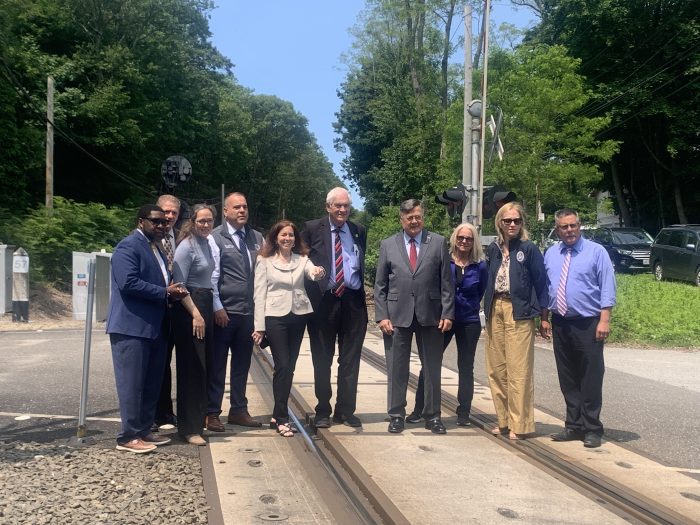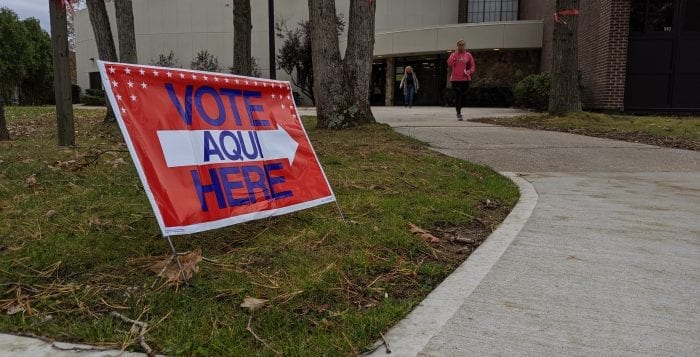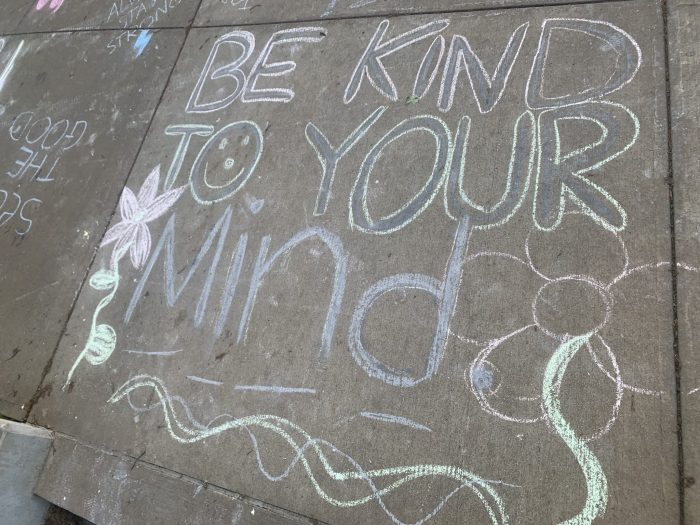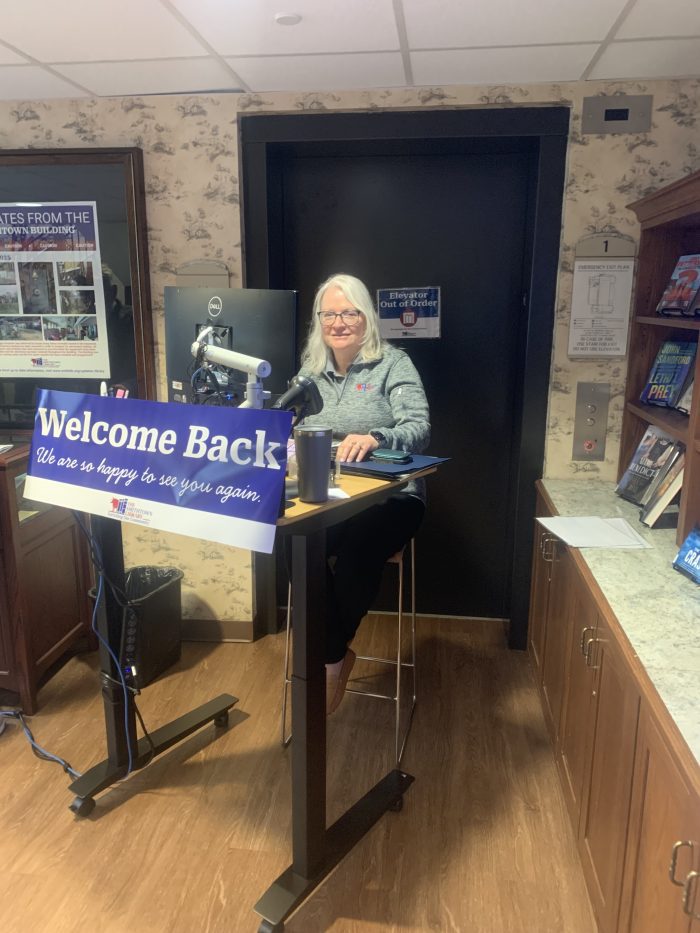The two-party system is embedded into every political conversation. When a politician, local or federal, is the subject of a news article, their name is followed by a “D” or “R”. To many, the difference means much more than it should.
The emotions tied to those two letters may be negative or positive, ranging from dislike to amenable trust, and stem from sincere concern for our community and country.
The distrust one may feel for the opposite party can border on dislike and, encouraged by the acrimony of their counterpart, can lead to fiery animosity. Fueled by the anonymous, fearful rhetoric of digital echo chambers and by the open hostility of today’s leaders for whom compromise has become synonymous with weakness, parties can become identities. An attack on an identity becomes personal. The understanding that each party desires a better America, that the whole reason for the parties is to ensure that the government works for the benefit of the people, is lost in the combative, competitive trading of attacks, verbal and political.
The Fourth of July is a holiday for Americans–not just for Republicans or Democrats. We can all celebrate the entirety of America and its history, not just with and for those who agree with us or who are members of the same party.
It honors the history we all share as citizens; the birth of this nation and the structure of our democracy allows us all to have a say in its future. This Independence Day, we should reflect, not only on our nation’s history, but on how that history informed the issues that characterize present day politics. Our constitutional rights, what it means to be an American, what it means to live in a democracy: these are all questions that previous generations of passionate people have grappled with over the last 249 years. How do we interpret them today? How do we balance defending our country with the unity of cultures inherent to our country’s founding, sealed in the words, “we the people”?
On Thursday night, red, white and blue fireworks will explode in the sky, our nation’s flag will be splayed across hats, bathing suits and shirts. Firecracker popsicles will be in our freezers as we fire up our barbecues. Most Americans will be celebrating, and no one, not Democrat or Republican, can begrudge the other the right to do so. On this day, let’s remember that this country belongs to all of us and together it’s much stronger when we work together. Let’s not become so accustomed to divisiveness that we ignore the voices and hopes of our fellow Americans. Let’s remember why we celebrate and, hopefully, allow that history to infuse our beliefs with some empathy, as the day marking U.S. Independence reminds us how much we can accomplish when we work together.














